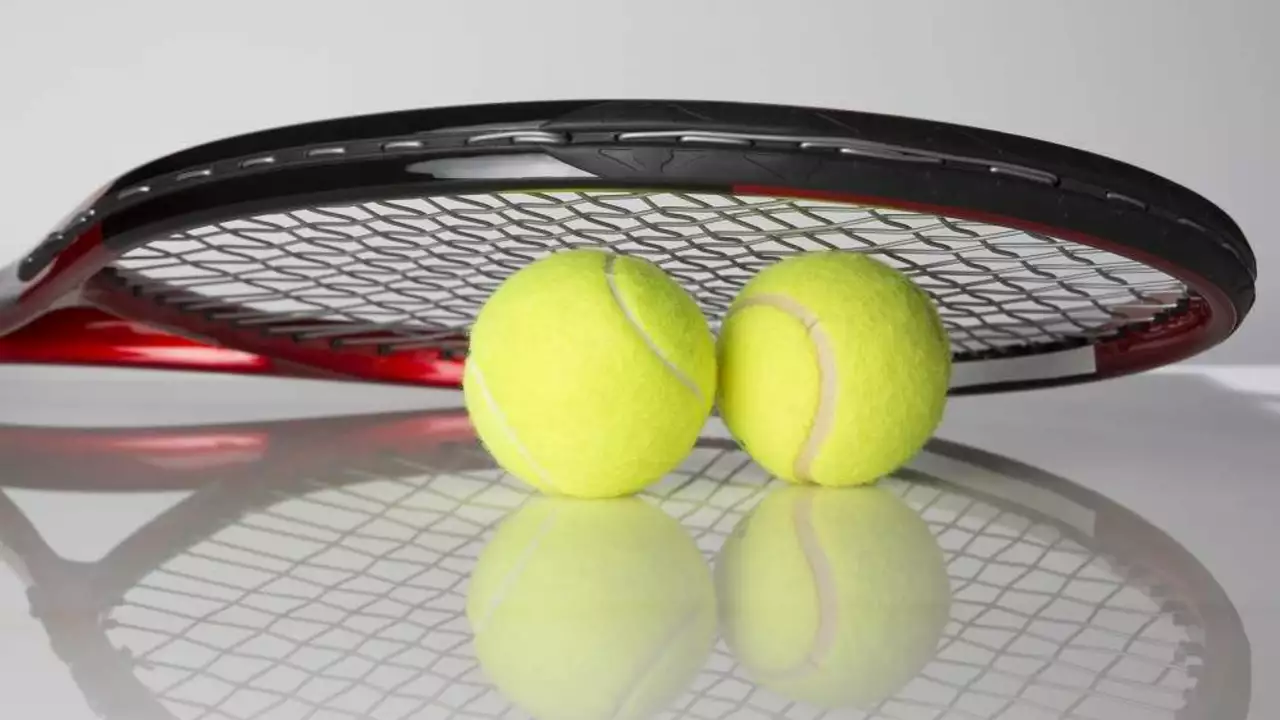Tennis Racket Comparison – What to Look For and Which Models Top the List
If you’ve ever stood in a shop and felt overwhelmed by the sea of rackets, you’re not alone. Picking the right tennis racket can feel like a gamble, but it doesn’t have to be. Knowing the key specs and how they affect your game makes the choice a lot easier. In this guide we break down the basics and point you to the models that consistently get high marks from tournament players.
Essential Specs That Change the Way You Play
Weight. Heavier rackets (around 340‑360 g) give you more power and stability, especially on fast courts, but they can fatigue your arm faster. Lighter frames (under 300 g) are easier to swing and help with quick reactions at the net.
Balance. A head‑heavy racket adds momentum for on‑fire groundstrokes, while a head‑light design makes maneuvering easier for volleys and defensive play. Most pros pick a slightly head‑heavy feel for extra punch.
String Pattern. A 16x19 pattern opens up spin potential, perfect for heavy topspin shots. A denser 18x20 layout offers tighter control and a more predictable feel. Choose based on whether you chase spin or precision.
Stiffness. Stiff frames (high RA number) store and release energy quickly, boosting power but transmitting more vibration to your arm. A more flexible racket softens the impact, helping those with elbow concerns.
Top Picks for Tournament‑Ready Players
After testing dozens of models, a few rackets keep popping up as favorites among competitive players.
Wilson Pro Staff RF97. Endorsed by Roger Federer, this 340 g racket is head‑heavy and ultra‑stiff. It delivers razor‑sharp control and a crisp feel, making it ideal for aggressive baseliners who love to dictate play.
Babolat Pure Aero. Rafael Nadal’s go‑to racket is built for spin. Its 300 g, slightly head‑light frame, combined with an open 16x19 string pattern, helps you generate massive topspin without extra effort.
Head Graphene 360+ Speed Pro. The Speed Pro balances power and control with a 340 g weight and a mid‑plus balance. The Graphene 360+ technology adds stability on off‑center hits, giving you confidence on fast surfaces.
Yonex Ezone 98. Known for its comfort, the Ezone 98 blends a 300 g weight with a slightly larger sweet spot. The aero‑dynamically shaped frame reduces drag, letting you swing faster while staying comfortable during long matches.
Each of these rackets shines in different scenarios, so try to demo them if you can. Feel how the weight, balance, and string pattern match your swing – that’s the real test.
Beyond the big names, remember that personal preference matters most. Some players love a lighter, more maneuverable racket for quick net play, while others swear by the raw power of a heavy, head‑heavy model. The best way to decide is to hit a few balls with each style and notice which one feels natural.
When you finally settle on a racket, pair it with strings that complement the frame. A softer gut string can soften a stiff racket, while a polyester string boosts spin for an open‑pattern frame. The right combo can turn a good racket into a great one.
In short, focus on weight, balance, string pattern, and stiffness, then test the top models that match those specs. Whether you’re chasing power, spin, or pure control, there’s a racket out there that fits your game. Happy hunting, and may your next match be full of clean hits and confident swings!

How much better is a $120 tennis racket than a $30 racket?
As an avid tennis player, I've always been curious about how much value you really get for your money when purchasing a racket. In this post, we're going to delve into the differences between a $120 tennis racket and a $30 racket. We'll examine the materials used, the technology, the documented benefits, and user reviews. Ultimately, we want to see if shelling out more cash actually produces a better game experience or if it's just a marketing strategy.
View More
